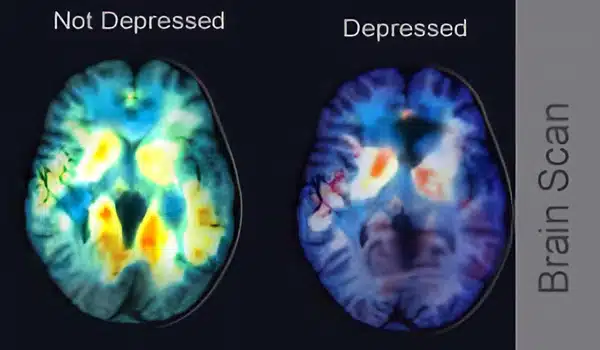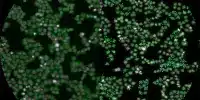Human brain atlases are detailed maps or models of the human brain’s structure and organization. They may include anatomical landmarks, brain regions, connectivity patterns, and other relevant features. These atlases are useful resources for neuroscientists and researchers studying brain development, function, and other related phenomena.
Scientists have created a new collection of infant brain atlases (IBA) that capture fine details of the developing brain in both space and time. Medical professionals can use human brain atlases to track normative trends over time and to pinpoint critical aspects of early brain development.
They can see what typical structural and functional development looks like with these atlases, making it easier to spot symptoms of abnormal development, such as attention-deficit/hyperactivity disorder (ADHD), dyslexia, and cerebral palsy.
Brain atlases are critical for understanding neurodevelopment through the lenses of cellular composition, neural pathways, and functional organization. Our team’s human brain atlases depict the early development phase of postnatal neurodevelopment.
Pew-Thian Yap
Pew-Thian Yap, PhD, professor in the UNC Department of Radiology, and colleagues from the department and the Biomedical Research Imaging Center (BRIC) have developed a new collection of month-by-month infant brain atlases (IBA) that capture fine spatiotemporal details of the developing brain.
The researchers created a set of month-specific surface-volume longitudinal brain atlases of infants aged 2 weeks to 2 years in this study, which was published in the journal Nature Methods. The paper’s lead author was Sahar Ahmad, PhD, a radiology research instructor.
“Brain atlases are critical for understanding neurodevelopment through the lenses of cellular composition, neural pathways, and functional organization,” said Yap. “Our team’s human brain atlases depict the early development phase of postnatal neurodevelopment.” Our atlases will be a valuable resource for brain scientists as they unravel key normative and aberrant traits of the most important phase of human brain development.”

Throughout the first two years of life, the human brain goes through a variety of cellular processes that drive the infant brain’s rapid growth. During this time, the brain undergoes structural changes and neural circuit reorganization. When development goes wrong, it can have a negative impact on quality of life, including an increased risk of autism, schizophrenia, and ADHD.
The IBA allows researchers to record changes in brain structure, cortical geometry, and tissue contrast.
Cortices in the temporal, parietal, and prefrontal regions of the brain are thicker than those in the primary visual and sensorimotor cortices, according to the atlases. This is consistent with the discovery that higher-order functions of the infant brain, such as attention, working memory, inhibition, and problem-solving, mature at a slower rate than areas of the brain responsible for visual, motor, and sensory functions.
Overall, the surface-volume consistent IBA captures infant growth trajectories accurately and with rich anatomical details. From 2 weeks to 2 years of age, these atlases documented monthly changes in the size, shape, and cortical geometry of normally developing brains, as well as tissue contrast, volume, and microstructural characteristics.
“We hope that these atlases will become a common coordinate framework to facilitate the discovery of new insights into developmental processes underpinning child cognition and social behavior,” Yap explained.













